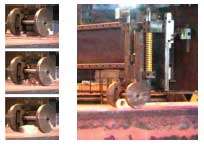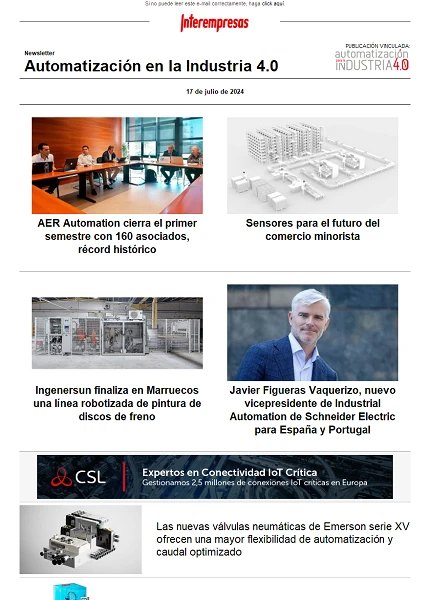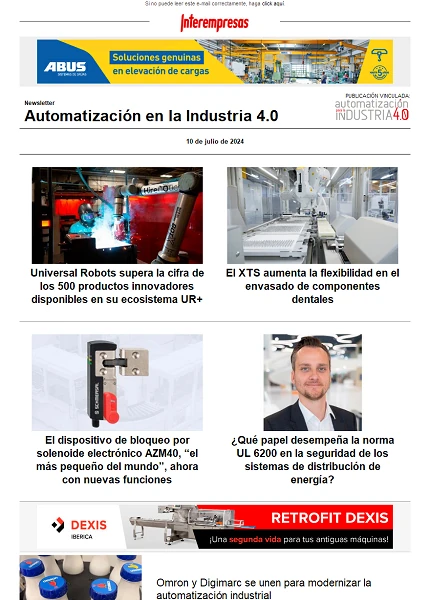This news article was originally written in Spanish. It has been automatically translated for your convenience. Reasonable efforts have been made to provide an accurate translation, however, no automated translation is perfect nor is it intended to replace a human translator. The original article in Spanish can be viewed at Sistema de cepillado superficial de slabs en caliente
Machining
System for surface brushing of hot slabs
David Blanco Fernández, Carlos M. Suarez Alvarez, Cesar Fraga Bobis, José María. Natalia Beltrán Enguita González Delgado.
Department. Construction and engineering of manufacturing - Universidad de Oviedo
Department. Construction and engineering of manufacturing - Universidad de Oviedo
Area of engineering of the manufacturing processes. Campus of Viesques, 33204 - Gijón.
Tel: 985182016 e-mail: dbf@opalo.etsiig.uniovi.es
01/12/20021. Introduction
Detection and allocation on line of defects in steel products avoids to the steelworks that defective material continue their normal course of manufacturing. An early identification of defects such as pores and inclusions makes it possible to debug upstream from the manufacturing process, and implies a significant energy savings. While it is possible to achieve a detection on line through the use of machine vision equipment combined with expert systems for the recognition of defects, is necessary previously to a surface cleaning of the slabs in hot (around 850 ° C surface temperature). This operation aims to eliminate both the husk and a small portion of Virgin material to expose the existing defects. This work deals with the design, construction and start up of a prototype for brushing and surface cleaning of the hot from the process of continuous casting slabs
2. Description of the system.
Brushing system is installed on the own way of rollers for the disposal of the slabs. The prototype has allowed to analyze the behavior of the brushing against both oblique cutting and orthogonal cutting configurations. The use of a cell of cargo for monitoring efforts has allowed to venture a first approach to the conditions of brushing. The successive series of trials and modifications to the design of the equipment have led to the abandonment of the original configuration (using an electro-mechanical control to create the position of the tool) by another more robust design that has provided the best results obtained to date. The developed system allows Mechanising a strip of 1 mm deep and 60 mm in width on the surface of the slabs. Surface dirt (husk, slag and adhesions) as well as a small layer of material is removed in this way. This procedure does not mask the defects, and allows to overcome the difficulties inherent in the application as they are sudden altitude variations due to the shocks of the slabs roller and form of material defects, and the need to adapt a wide range of production.

Figure 1. Formation of the chips in an operation of brushing of slabs.
4 Conclusions
The developed brushing system allows the subsequent capture of crisp images in which the defects (pores and inclusions) are exposed and facilitates the detection on the same line. It also provides a continuous chips that these defects are clearly visible. The tool allows the analysis laboratory have real-time samples of material, extremely shortening deadlines for the implementation of corrective measures.
5 References
[1] Sancho L.F. *, Obeso f., (Aceralia), Álvarez I.*, ten a. (University of Oviedo), Spain, Sirat g. (Cdo), France, Falessi r. (Csm), Italy. Novel on-line surface quality control for hot slabs in continuous casting. 22 Journees Siderurgiques Internationales. Paris, 2001








